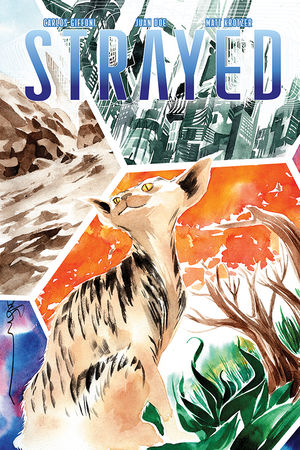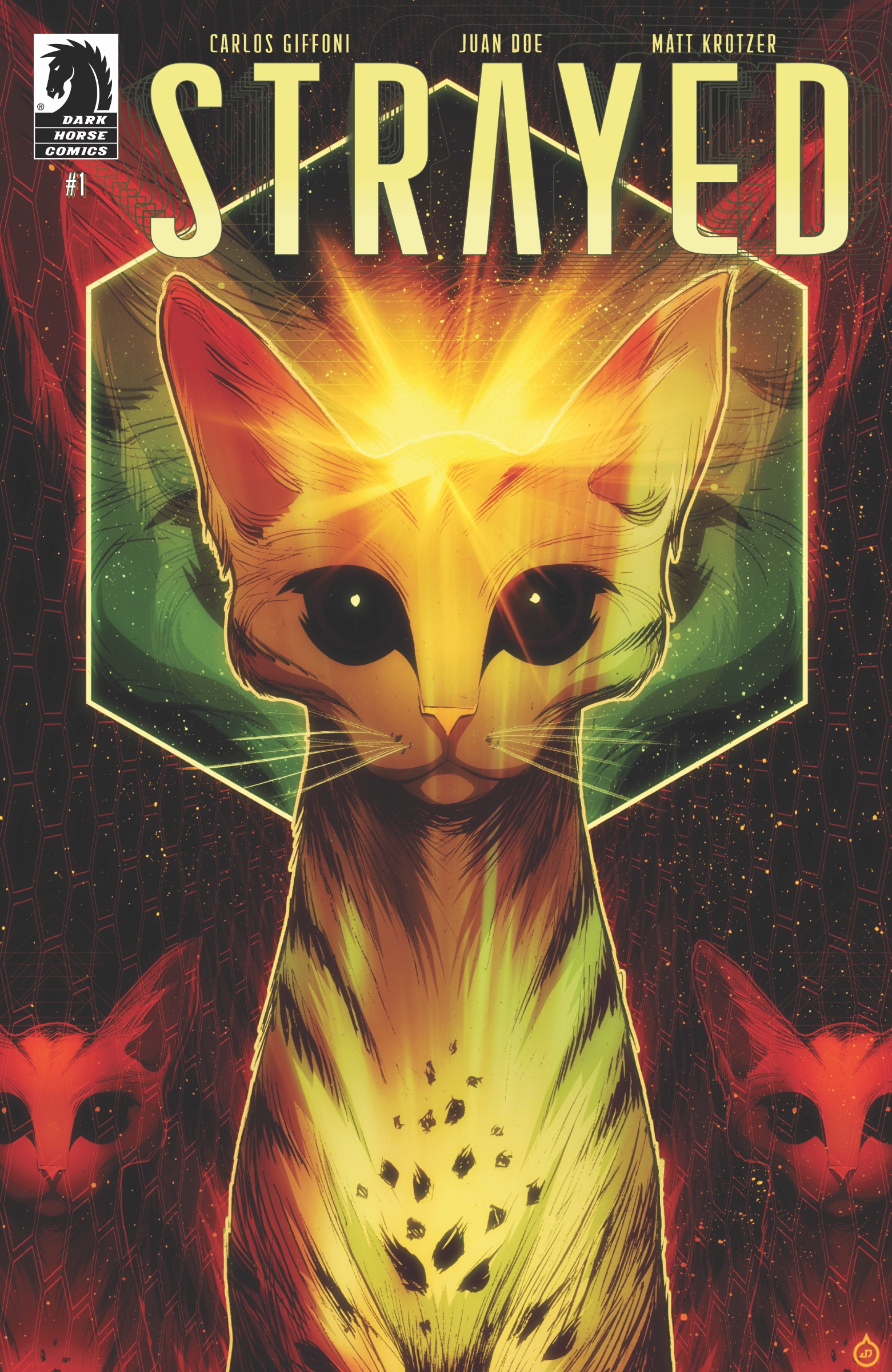Just in time for #WeddingSeason, Action Lab Comics cordially invites us to Going to the Chapel.
The comic tells the story of Emily Anderson, a bride with cold feet whose wedding is hijacked by bank robbers, all wearing Elvis-themed masks and brandishing shotguns. Emily’s indecision about a lifetime of monogamy isn’t helping — and neither is her dysfunctional family.
David Pepose, the writer behind this twisted ceremony, says Going to the Chapel reads “like if Die Hard got hitched to Wedding Crashers, or if Tarantino had a baby with Arrested Development, and then those two bring that baby to a wedding. It’s tailor-made for fans of comics like Crowded, Assassin Nation, The Fix, or Sex Criminals.” So, yeah…buckle up.
Romantic comedy pioneer David Pepose is joined by Gavin Guidry on art, Liz Kramer on colors, and Ariana Maher plus Colin Bell on letters.
Review of GOING TO THE CHAPEL
The team behind Going to the Chapel delivers an air-tight story with funny dialogue, insightful commentary on relationships, and cinematographic art that adds emotion and depth to the storytelling.
David Pepose writes every character in a unique voice, which makes the story beats feel more authentic. Emily’s indecisiveness and nerves contrast her family’s assertive quirks and husband-to-be Jesse’s fundamental patience and goodness. In the scene where Emily is getting ready for the ceremony, we feel the distress percolating around her. Her father barks orders to caterers over the phone, while her grandmother advises getting a side piece because monogamy is “overrated.” All the while, her niece playing with fire in the background.
With the contrast between Emily’s family and Jesse (the poster boy for Mr. Right) Pepose explores how people seek out partnerships that feel different from what they know. He also implies that might not always be the best approach to a lifetime of love.
All of this characterization is enhanced by Gavin Guidry’s art. He excels at drawing emotive facial expressions (and eyebrows) that give the dialogue sound and feeling. His camera angles that frame these moments are worthy of praise. My favorite is on the first page, which includes a POV shot from one of the Bad Elvis gang’s binoculars.
One thing I’d like to see more of, however, is detailed backgrounds in close-up and extreme close-up camera angles. Even though the flat backgrounds create moments of stillness in an otherwise hectic plot, my eyes prefer to dance over details.

Liz Kramer adds depths to the lines with her stunning colors. Pinks and yellows dominate the pages, and create a romantic, sunset glow. Her use of light and shadow adds dimension to the page, especially when building textures like fabric and hair.
Ariana Maher and Colin Bell on letters make the longer word bubbles digestible, and are careful to differentiate sound-sources like the television and telephone from regular noise. Their sound effects are colorful and distinct, but fit seamlessly into the panel without disrupting the established color palette.
Rating: 9/10
Romantic Comedies and Comics
In the world of comics, familiar genres like action, noir, fantasy, Westerns, and horror have ruled for decades. But romantic comedies? I’m hard-pressed to come up with even one — that is, until I read Going to the Chapel.
David’s painfully aware of how romantic comedies are usually associated with film, and that’s precisely whey he’s introducing the genre to comics. Releasing this story in 2019 is a bold, calculated move, coming at a time when the #ComicsGate crowd is increasingly vocal against stories that don’t cater to the white, heterosexual, cisgender male demographic.
Hedging his bet that the comics community will embrace a new genre, David includes elements of more established tropes that a broad audience identifies with, like violent story beats, comedic dialogue, and Western themes. These traits come together to give Going to the Chapel a personality that just might establish Pepose as an auteur in the industry.
Interview with Writer David Pepose
David first reached out to me after I accidentally tagged him in a Newsarama review I was sharing from Secret Society Comics’ Twitter — which is @ssexclusives, for those of you who are making the regrettable/embarrassing mistake of not following us. He was courteous about the whole mishap, and saved face by saying he liked the reviews we post here on the site.
Since then, I’ve been following David’s successful career and five-time Ringo-nominated series, Spencer & Locke. I figured out that David really meant what he said when when he reached out to me about writing an advance review for Going to the Chapel.
Since I knew he was a classy gentleman and grassroots creator, I asked to interview him. We discussed not only his latest project, but also the comics industry at large.
Preview Pages for GOING TO THE CHAPEL





Check out Action Lab’s pitch for Going to the Chapel here, or read on below.
“Say yes to distress in GOING TO THE CHAPEL #1, an action-packed romantic comedy from Ringo Award-nominated writer David Pepose (Spencer & Locke) and superstar artist Gavin Guidry (The Death Defying) at Action Lab: Danger Zone.
Emily Anderson’s big day was the wedding from hell — and that was before the bank robbers showed up. What do a conflicted bride, her dysfunctional family, a gang of Elvis-themed crooks, and one relentless sheriff have in common? They’re all about to discover love is the ultimate hostage situation. Fans of Crowded, Assassin Nation, The Fix, and Sex Criminals should say “I do” to GOING TO THE CHAPEL #1, available in comic shops and on digital devices September 4, 2019!”
$3.99 | 22 pgs. | Action Lab: Danger Zone | T+ | On sale SEPT. 4











